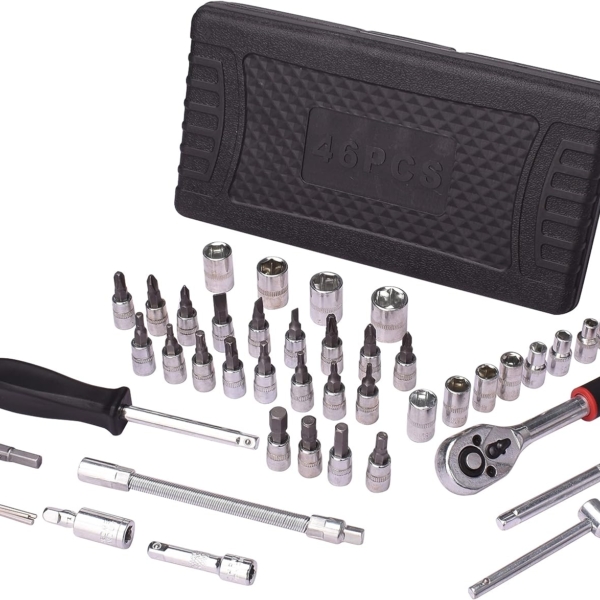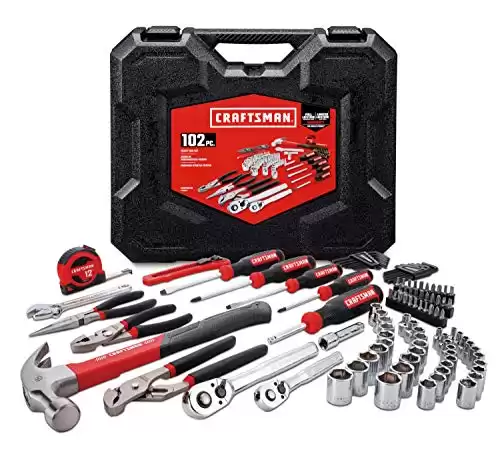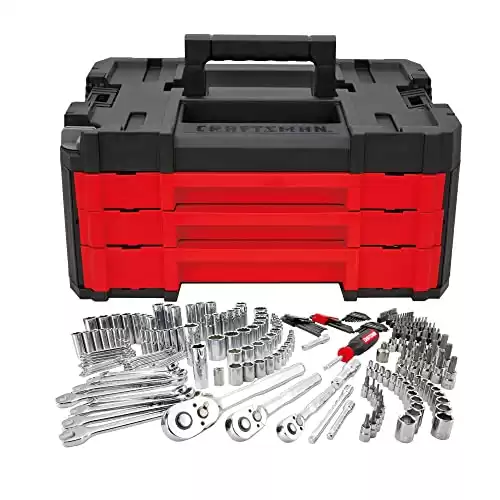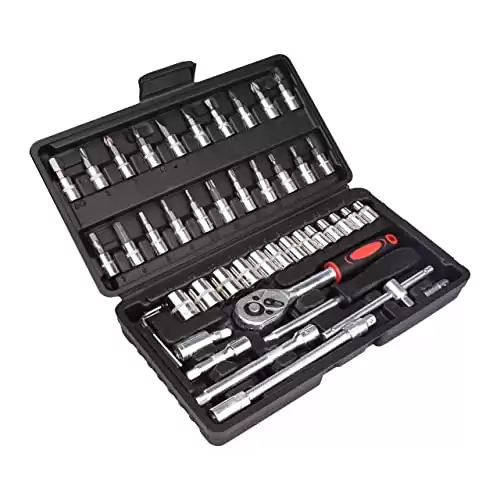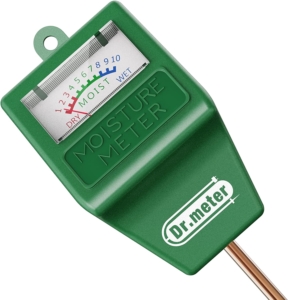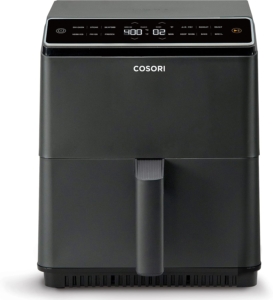Socket Sets for DIY Projects: A Guide
to Types, Sizes, and Accessories
If you’re into DIY projects, you’ll know that choosing the right tools is key. One such essential tool is a socket set. With a good set, you can tackle various tasks around the home, from assembling furniture to fixing your car. Moreover, these sets are easy to use, even if you’re a beginner. So, let’s dive into the world of socket sets and discover how they can make your DIY projects easier and more efficient.
Importance of Socket Sets for DIY Projects
Versatility and Efficiency
One of the primary reasons socket sets are indispensable for DIY projects is their versatility. With a single set, you can tackle a multitude of tasks without the need for multiple tools. The sockets come in different sizes, allowing you to work on various nuts, bolts, and screws. This versatility makes socket sets suitable for a wide range of projects, from automotive repairs to furniture assembly.
Socket sets are designed for efficiency. The sockets, extensions, and ratchets are engineered to fit snugly, ensuring a secure grip on fasteners. This tight fit reduces the risk of slippage, preventing damage to both the fastener and your workpiece. The ratchet mechanism further enhances efficiency by allowing you to quickly tighten or loosen fasteners with minimal effort. This can save you significant time and energy during your DIY projects.
Enhanced Safety
Safety should always be a top priority when engaging in DIY projects. Socket sets contribute to a safer working environment in several ways. Firstly, their design ensures a secure grip on fasteners, reducing the likelihood of accidents caused by slipping tools. Secondly, the ratchet mechanism allows for controlled and precise movements, minimizing the risk of sudden jerks or over-tightening.
Socket sets often come with accessories such as extension bars and universal joints. These accessories enable you to reach tight or awkward spaces without straining yourself or compromising your safety. Whether you’re working under a car or behind a piece of furniture, socket sets provide the flexibility needed to access hard-to-reach areas safely.
Time and Cost Savings
Investing in a high-quality socket set can result in significant time and cost savings for your DIY projects. By having a comprehensive set of sockets readily available, you eliminate the need to search for the right tool or run to the store for a specific size. This streamlined workflow allows you to focus on the task at hand, completing your projects more efficiently.
Socket sets are durable and built to last. With proper care and maintenance, a quality set can serve you for years, saving you money in the long run. By avoiding the need to replace individual tools or constantly invest in new sets, you can allocate your budget towards other essential tools or materials for future projects.
Types of Socket Sets
Standard Socket Sets
Starting with the basics, standard socket sets are the go-to choice for many DIY enthusiasts. These sets typically include sockets in a range of sizes, allowing you to tackle a wide variety of projects. They are commonly used for tasks such as tightening or loosening bolts and nuts.
With a standard socket set, you’ll find sockets that fit onto a ratchet handle, providing leverage and making it easier to turn fasteners. The sockets are designed to fit snugly over the heads of bolts or nuts, ensuring a secure grip and minimizing the risk of slipping.
Deep Socket Sets
If you find yourself working with bolts or nuts in tight spaces, a deep socket set is your best bet. These sets feature sockets with longer lengths, allowing you to reach recessed fasteners that a standard socket might not be able to access.
The extended length of deep sockets provides the extra reach needed to maneuver around obstacles and into deeper crevices. This makes them particularly useful when working on engines, machinery, or any project where accessing hard-to-reach fasteners is required.
Impact Socket Sets
For heavy-duty tasks that require extra strength and durability, an impact socket set is the way to go. These sets are specifically designed to withstand the high torque produced by impact drivers and wrenches, making them ideal for automotive repairs or construction projects.
Impact sockets are made from hardened steel, which allows them to withstand the intense force generated by impact tools without sustaining damage. They also have a thicker wall to provide additional strength and prevent cracking or breaking under pressure.
In addition to their robust construction, impact sockets often feature a black oxide finish, which helps protect them from corrosion and extends their lifespan.
Socket Set Sizes
Metric Socket Sizes
Metric socket sizes are measured in millimeters (mm) and are commonly used in countries that follow the metric system. These sockets are identified by their sizes, which correspond to the diameter of the bolt or nut they are designed to fit. Here are some common metric socket sizes:
- 4mm
- 5mm
- 6mm
- 7mm
- 8mm
- 9mm
- 10mm
- 11mm
- 12mm
- 13mm
- 14mm
- 15mm
- 16mm
- 17mm
- 18mm
- 19mm
- 20mm
- 21mm
- 22mm
- 23mm
- 24mm
- 25mm
- 26mm
- 27mm
- 28mm
- 29mm
- 30mm
- 32mm
- 34mm
- 36mm
- 38mm
- 41mm
- 46mm
- 50mm
These sizes cover a wide range of applications and are commonly used for automotive repairs, plumbing projects, and general household tasks. It’s important to note that not every socket set will include all of these sizes, so it’s a good idea to assess your specific needs before making a purchase.
Standard Socket Sizes
Standard socket sizes, also known as SAE (Society of Automotive Engineers) sizes, are measured in inches and are primarily used in the United States and a few other countries. Unlike metric socket sizes, which correspond to the bolt or nut diameter, standard socket sizes are based on the bolt or nut head size. Here are some common standard socket sizes:
- 1/4 inch
- 5/16 inch
- 3/8 inch
- 7/16 inch
- 1/2 inch
- 9/16 inch
- 5/8 inch
- 11/16 inch
- 3/4 inch
- 13/16 inch
- 7/8 inch
- 15/16 inch
- 1 inch
- 1-1/16 inch
- 1-1/8 inch
- 1-1/4 inch
- 1-5/16 inch
- 1-3/8 inch
- 1-7/16 inch
- 1-1/2 inch
- 1-9/16 inch
- 1-5/8 inch
- 1-11/16 inch
- 1-3/4 inch
- 1-13/16 inch
- 1-7/8 inch
- 1-15/16 inch
- 2 inch
Standard socket sizes are commonly used in automotive repairs, construction projects, and various mechanical applications. Like metric socket sets, not all standard socket sets will include every size listed. It’s important to consider the specific tasks you’ll be working on and choose a socket set that includes the sizes you’re most likely to use.
Socket Set Accessories
Ratchets
A ratchet is a versatile tool that allows you to tighten or loosen bolts and nuts with ease. It features a handle and a socket head, which holds the socket securely in place. The handle is designed to move in one direction, allowing for quick and efficient ratcheting action. With a ratchet, you can apply consistent torque to fasteners without having to reposition the tool.
Ratchets come in various sizes, allowing you to tackle different projects with ease. Whether you’re working on a small DIY task or a larger project, having a selection of ratchets in your socket set will ensure you have the right tool for the job.
Extensions
Extensions are invaluable accessories that provide additional reach when using a socket set. These long, slender tools fit between the ratchet handle and the socket, allowing you to access bolts and nuts that are deep within a confined space. With an extension, you can easily reach into tight corners or narrow crevices, making those hard-to-reach fasteners a breeze to work with.
Extensions come in different lengths, so it’s important to have a variety in your socket set. Whether you need a short extension for those slightly out-of-reach bolts or a longer one for those deep-set fasteners, having the right extension on hand will save you time and frustration.
Adapters
Adapters are handy accessories that allow you to use sockets of different sizes with your socket set. These versatile tools come in various configurations, such as reducing adapters and universal joint adapters. A reducing adapter allows you to use a smaller socket with a larger drive size, while a universal joint adapter enables you to work at different angles.
By having a few adapters in your socket set, you can maximize its versatility. No matter the size or type of fastener you encounter, you can easily adapt your socket set to get the job done.
Socket Organizers
Keeping your socket set organized is crucial for efficiency and ease of use. That’s where socket organizers come in. These convenient accessories help you keep track of your sockets and ensure they’re always within reach when you need them. Socket organizers typically feature labeled compartments for each socket size, making it easy to find the right one quickly.
There are different types of socket organizers available, including trays, rails, and magnetic holders. Choose the one that suits your needs and preferences, and enjoy the benefits of a well-organized socket set every time you tackle a DIY project.
Factors to Consider When Choosing a Socket Set
When it comes to tackling DIY projects, having the right tools is essential. One tool that every DIY enthusiast needs in their arsenal is a reliable socket set. Choosing the right socket set can make a world of difference in the success of your projects. In this section, we will explore the factors you should consider when selecting a socket set.
Quality and Durability
The first and foremost factor to consider when choosing a socket set is its quality and durability. Investing in a high-quality set will ensure that your tools last for years to come. Look for socket sets made from sturdy materials such as chrome vanadium or chrome-molybdenum steel. These materials are known for their strength and resistance to wear and tear.
A durable socket set will be able to withstand the rigors of heavy use without breaking or getting damaged easily. Additionally, a high-quality set will have well-crafted sockets that fit securely onto fasteners, preventing slippage and rounding of bolt heads.
Drive Size
The next factor to consider is the drive size of the socket set. Drive size refers to the size of the square-shaped socket driver that attaches to the socket. The most common drive sizes for DIY projects are 1/4-inch, 3/8-inch, and 1/2-inch.
Smaller drive sizes, such as 1/4-inch, are ideal for light-duty tasks and working with smaller fasteners. On the other hand, larger drive sizes, like 1/2-inch, are better suited for heavy-duty applications and working with larger bolts and nuts. The 3/8-inch drive size is a versatile option that can handle a wide range of tasks, making it a popular choice among DIYers.
Consider the types of projects you typically work on and choose a socket set with a drive size that aligns with your needs.
Socket Type and Size Compatibility
Socket sets come in various types and sizes, so it’s important to consider the type and size compatibility when making your selection. The most common socket types include standard (also known as six-point) sockets and deep (also known as twelve-point) sockets.
Standard sockets are the go-to choice for most applications and provide a secure grip on fasteners. Deep sockets, on the other hand, are designed for accessing fasteners in tight spaces or those with longer threads.
When it comes to socket sizes, a comprehensive set will typically include sockets ranging from 3/16-inch to 1-1/4 inch for metric sets, or 4mm to 32mm for metric sets. It’s important to choose a socket set that covers the sizes you commonly encounter in your projects. Consider the measurement system (imperial or metric) that aligns with your needs.
Safety Tips for Using Socket Sets
When it comes to tackling DIY projects, having a reliable socket set is essential. However, it’s important to remember that safety should always be your top priority. By following some simple guidelines, you can ensure that you use socket sets in a safe and effective manner. In this section, we will discuss three important safety tips: proper handling and grip, using the right socket size, and regular maintenance and inspection.
Proper Handling and Grip
One aspect of using socket sets safely is to ensure proper handling and grip. When working with tools, it’s essential to have a firm grip to prevent accidents and injuries. Here are a few tips to keep in mind:
- Hold the handle securely: Always grip the handle firmly to maintain control over the socket set. This will help prevent any slippage or unexpected movements.
- Avoid excessive force: While it can be tempting to use excessive force to loosen or tighten bolts, it’s important to remember that doing so may lead to accidents. Instead, apply steady and controlled pressure to avoid any sudden jerks.
- Position yourself correctly: Position yourself in a way that allows you to have a stable stance while using the socket set. This will provide better control and minimize the risk of losing balance.
Using the Right Socket Size
Using the correct socket size is essential for both safety and the efficiency of your DIY projects. Using the wrong size can cause damage to the fastener or the socket set itself. Here’s what you need to know:
- Measure the fastener: Before reaching for a socket, ensure that you accurately measure the size of the fastener. Using an ill-fitting socket can result in rounded edges, making it difficult to remove or tighten bolts.
- Choose the appropriate socket: Once you have measured the fastener, select the socket that matches the size precisely. Using the right socket size will ensure a snug fit and reduce the risk of slippage.
- Avoid using adapters: While adapters can be convenient, they may compromise the stability and safety of your socket set. It’s best to use sockets that are specifically designed for the size you need, without relying on adapters.
Regular Maintenance and Inspection
Maintaining and inspecting your socket set regularly is essential for long-term safety and performance. By keeping your tools in good condition, you can prevent accidents and ensure their longevity. Consider the following tips:
- Clean after each use: After completing your project, make sure to clean the sockets and ratchets thoroughly. Remove any debris, grease, or dirt that may have accumulated during the job.
- Inspect for wear and tear: Regularly examine your socket set for any signs of wear and tear. Look for cracks, chips, or any other damage that could compromise the tool’s integrity. If any issues are found, replace the affected parts immediately.
- Store properly: When not in use, store your socket set in a clean and dry place. Avoid exposing it to extreme temperatures or humidity, as this can cause rusting or corrosion.
Conclusion
In conclusion, socket sets are essential tools for any DIY project. Their versatility allows for various applications, making them a must-have in every toolbox. Whether you are assembling furniture, fixing a leaky faucet, or working on your car, socket sets provide the necessary torque and grip to get the job done efficiently and effectively. With a wide range of socket sizes and configurations available, you can tackle any project with ease. Investing in a quality socket set will not only save you time and effort but also ensure that your work is done accurately and securely. So, make sure to add a socket set to your list of must-have tools for your next DIY adventure. Happy wrenching!

